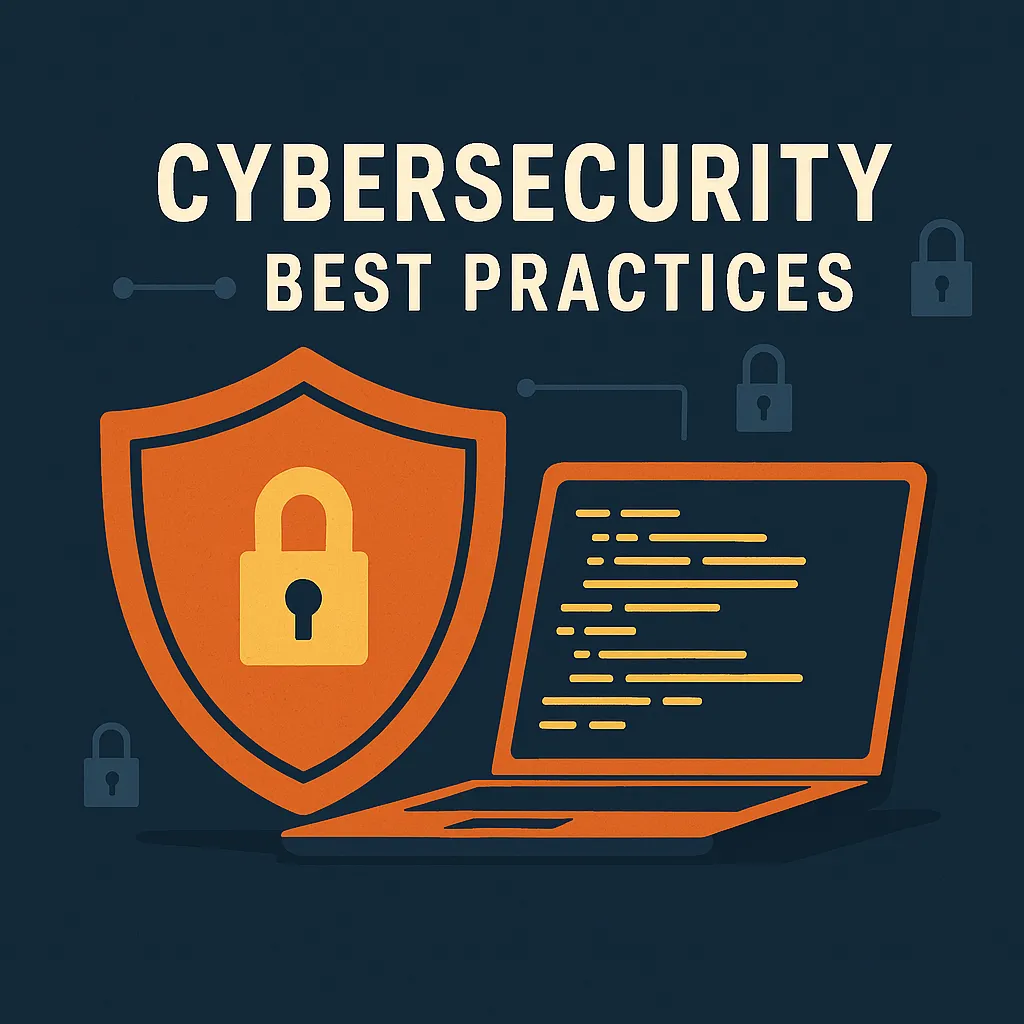Cybersecurity Best Practices: A Guide for Enhancing Digital Security
In today's digital age, the significance of cybersecurity cannot be overstated. With cyber threats becoming more sophisticated, it's crucial for individuals and organizations to adopt proven cybersecurity best practices to protect their information systems. This article provides a detailed walkthrough of essential cybersecurity measures, combining insights from leading authorities like the Cybersecurity and Infrastructure Security Agency (CISA) and the Department of Labor (DoL).
Understanding Cybersecurity
Cybersecurity involves protecting computer systems, networks, and data from digital attacks, unauthorized access, or damage. The goal is to ensure the integrity, confidentiality, and availability of information. As cyber threats evolve, so too must our strategies to mitigate them.
Establishing Strong Cybersecurity Programs
According to the U.S. Department of Labor, a solid cybersecurity program begins with understanding the risks (source). It's essential to identify both internal and external threats that could compromise data. This involves not just technology but also understanding human factors and organizational processes.
Actionable Step: Conduct regular risk assessments to stay ahead of potential vulnerabilities.
Implementing Best Practices
The Center for Internet Security (CIS) highlights key actions in their CIS Controls v8.1, focusing on 18 crucial cybersecurity practices. These range from basic cybersecurity hygiene to advanced defenses(source). Implementing these controls can significantly reduce cyber risks.
Example: Regularly updating software to patch security vulnerabilities is a fundamental yet critical practice.
Technical Controls and Response Strategies
Strong technical controls are vital for safeguarding information systems. This includes using secure configurations, encryption, and access control measures. Additionally, an effective response strategy is crucial for minimizing damage from cyber incidents (source).
Real-world Example: Following a breach, immediate action such as isolating affected systems and analyzing the invasion can help mitigate impacts.
Learning from CISA's Guidance
The Cybersecurity and Infrastructure Security Agency (CISA) advises on preventive measures like user training and incident response plans. Back to Posts

